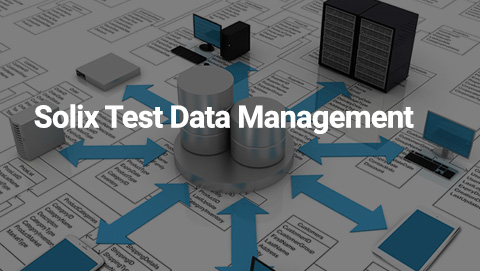Implementing a Successful Data Archiving Strategy: A Comprehensive Guide
In today’s data-driven landscape, organizations accumulate vast amounts of information. However, not all data needs to be readily accessible at all times. Data archiving offers a strategic approach to managing this information efficiently, ensuring regulatory compliance, optimizing storage costs, and improving overall data management practices.
What is Data Archiving?
Data archiving involves moving infrequently accessed data from primary storage to a secondary, often more cost-effective, storage system. This data remains accessible for future reference and analysis but is not actively used in daily operations.
Why Data Archiving Matters
There are several compelling reasons to implement a data archiving strategy:
- Cost Optimization: Storing all data in high-performance storage is expensive. Archiving inactive data to lower-cost storage tiers or cloud-based solutions significantly reduces expenses.
- Regulatory Compliance: Many industries have regulations requiring the retention of certain data for specific periods. Data archiving ensures compliance while freeing up primary storage.
- Improved Performance: Removing large volumes of infrequently accessed data from primary storage improves query performance and overall system responsiveness.
- Data Management Efficiency: A well-structured archiving process streamlines data management, making it easier to locate and retrieve information when needed.
- Data Protection and Disaster Recovery: Archived data can serve as a backup in case of accidental deletion or system failures, enhancing data resilience.
Planning Your Data Archiving Project
A successful data archiving implementation requires careful planning and consideration. Here are the key steps:
-
Define Project Scope and Objectives:
- Clearly outline what you aim to achieve through archiving (e.g., cost reduction, compliance, improved performance).
- Determine the types of data to be archived and the timeframe for implementation.
- Establish clear metrics to measure the success of the project.
-
Identify Data Sources and Retention Policies:
- Catalog all data sources within your organization.
- Determine the appropriate retention periods for different types of data based on legal, regulatory, and business requirements.
- Create a data retention policy that outlines these guidelines and ensures consistent data management practices.
-
Select the Right Data Archiving Solution:
- Evaluate various archiving technologies, considering factors such as scalability, cost-effectiveness, integration capabilities, and security features.
- Choose a solution that aligns with your organization’s specific needs and budget.
-
Develop an Implementation Plan:
- Outline a detailed plan for data migration, testing, and validation.
- Define roles and responsibilities for project team members.
- Create a communication plan to keep stakeholders informed throughout the process.
- Set a realistic timeline for implementation, considering potential challenges and risks.
Best Practices for Data Archiving Implementation
Implementing a data archiving solution involves more than just moving data. It requires a strategic approach and adherence to best practices:
-
Start Small and Scale Gradually:
- Begin with a pilot project to test the archiving process on a smaller dataset.
- Once the pilot is successful, gradually scale up to include more data sources.
- This approach allows you to identify and address any issues early on, minimizing disruption to business operations.
-
Involve Stakeholders from Across the Organization:
- Engage IT teams, legal and compliance departments, data owners, and end-users in the planning and implementation process.
- Gather feedback and ensure the solution meets the needs of all stakeholders.
-
Thoroughly Test the Solution Before Going Live:
- Conduct comprehensive testing to verify data integrity, accessibility, and retrieval performance.
- Test different scenarios and use cases to ensure the solution is robust and reliable.
-
Provide Training and Support to End-Users:
- Educate end-users on how to access and retrieve archived data.
- Offer ongoing support and troubleshooting to address any questions or concerns.
- Ensure a smooth transition to the new archiving system by providing adequate training and resources.
Conclusion
Data archiving is a powerful tool for managing large volumes of information effectively. By following a well-defined plan and implementing best practices, organizations can optimize storage costs, ensure regulatory compliance, improve data management efficiency, and protect their valuable information assets.
Whether you choose an on-premises solution or a cloud-based platform, remember that a successful data archiving strategy is an ongoing process. It requires continuous monitoring, evaluation, and adaptation to meet the ever-changing needs of your organization.





